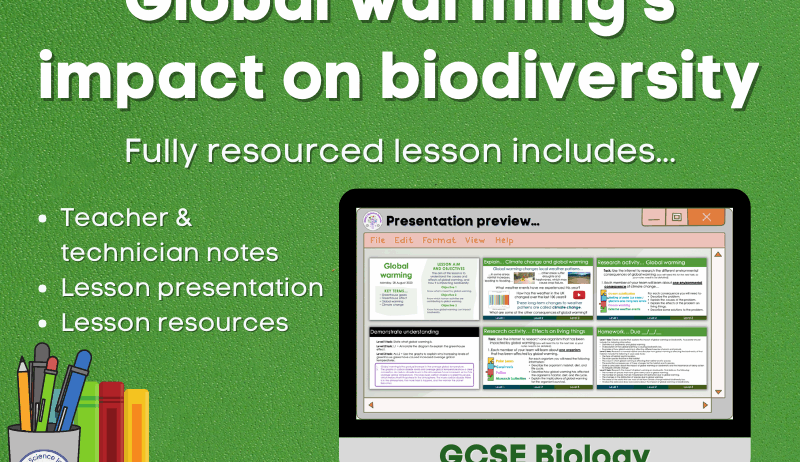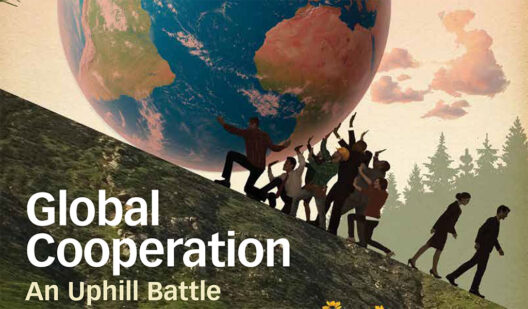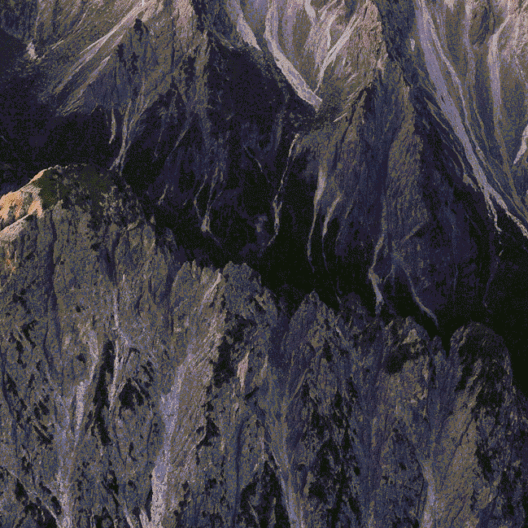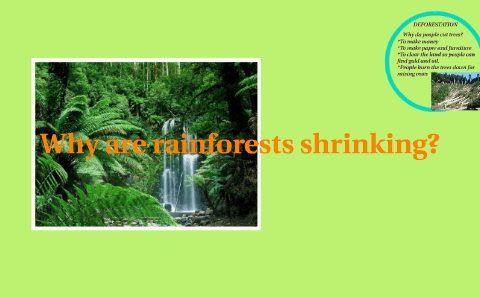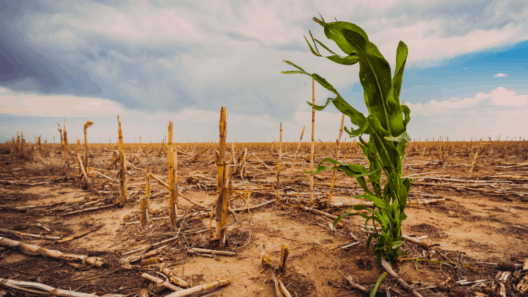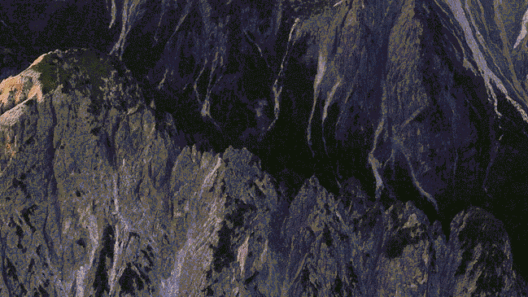As the sun casts its warmth across the planet, it also bears an unrelenting weight upon the delicate tapestry of life that envelops it. Each thread of this intricate weave represents a unique life form interlaced with others in a symbiotic dance of existence. However, as global temperatures swell, this tapestry is fraying. The forces of climate change are accelerating at a feverish pace, placing biodiversity—our planet’s veritable insurance policy for resilience—squarely on the brink.
Defining biodiversity is akin to attempting to capture the essence of a masterpiece within the confines of a frame. It encompasses the vast array of life forms, from the gargantuan blue whale to the minute microbes inhabiting the soil beneath our feet. Each species contributes to the ecological equilibrium, playing roles that are both overt and subtle. Yet, human-induced global warming is unraveling this equilibrium, producing impacts that ripple through ecosystems in often unforeseeable ways.
First, consider the phenomenon of habitat degradation. Coral reefs, often referred to as the “rainforests of the sea,” exemplify this perilous decline. As temperatures rise, ocean waters warm and turn acidic, causing coral bleaching—an event where corals expel the symbiotic algae that give them color and vitality. This is not merely a marine concern; the ramifications are profound, as coral reefs support approximately 25% of all marine species. Their decline means that countless aquatic organisms lose their homes, and the intricate food webs collapse like a house of cards in a gusty wind.
The plight of terrestrial habitats is equally grim. Forests, which serve as carbon sinks and biodiversity hotspots, are increasingly vulnerable to wildfires and diseases exacerbated by warmer climates. The Amazon rainforest, often referred to as the “lungs of the Earth,” finds itself under siege, with deforestation and climate stress creating a precarious balance. Dwindling biodiversity not only threatens the plethora of species residing within these forests but also diminishes essential ecosystem services such as clean air and water, which are indispensable to human survival.
Moreover, the shifting climate catalyzes the migration of species, a phenomenon that, while natural, is becoming disconcertingly rapid. Many organisms are attempting to move towards cooler habitats at unprecedented speeds. For some, the race against climate change is simply beyond their capabilities; specialized species, such as those in isolated environments, find no refuge. The red wolf, a symbol of American wilderness, is one such species struggling against encroaching development and the changing climate, tipping the scales of its existence towards extinction.
Insects, often overlooked, are the unsung heroes in the orchestra of biodiversity. Pollinators such as bees are pivotal for the propagation of flowering plants, including many crops that humans rely on for food. However, as climate change disturbs seasonal cycles and disrupts the synchronicity between flowers and their pollinators, the specter of food insecurity looms large. The collapse of insect populations, termed the “insect apocalypse,” is symptomatic of a larger systemic failure, one in which all species are interconnected in a fragile web.
The phenomenon of disease emergence offers another perplexing facet to the biodiversity crisis. As habitats shift or are disrupted, pathogens previously confined to specific regions can spread, affecting wildlife and human populations alike. Zoonotic diseases, which leap from animals to humans, are increasingly frequent as wildlife encroaches upon human settlements. This intersection demonstrates not only the fragility of biodiversity but also its direct implications for public health.
The economic impact of declining biodiversity cannot be overlooked either. Ecosystem services, from pollination to natural pest control, underpin industries such as agriculture, forestry, and fishing. The degradation of these services — alongside the ethical imperative of protecting biodiversity — presents a dual challenge that requires immediate attention. Economic models that fail to account for ecological interdependence risk not just environmental catastrophe but also threaten long-term human prosperity.
The call to action is urgent. While the threats posed by global warming to biodiversity appear daunting, humanity possesses the capacity for resilience and innovation. Aggressive mitigation strategies are paramount. Transitioning to renewable energy sources, fostering afforestation programs, and enacting robust conservation policies merit prioritization. Collective efforts at grassroots, national, and international levels are indispensable, as is the integration of traditional ecological knowledge with scientific inquiry to cultivate sustainable practices.
Through education and advocacy, individuals possess the power to advocate for policy changes that protect ecosystems. Participatory conservation initiatives engage local communities, empowering them to steward their natural resources. The age-old adage “think globally, act locally” is more relevant than ever as each localized action contributes to a mosaic of broader positive change.
In conclusion, biodiversity stands as both a reflection of and a safeguard for Earth’s ecological health. Its precarious balance is increasingly threatened by global warming, which ripples through the very fabric of life. The urgency to act transcends mere moral obligation; it is an existential imperative. As stewards of this planet, the responsibility lies with humanity to address the looming crisis, ensuring that future generations inherit a world resplendent with life in all its myriad forms. The intricate tapestry of life must not be left to unravel; a concerted, unified effort can mend its fibers and restore its vibrancy for years to come.



